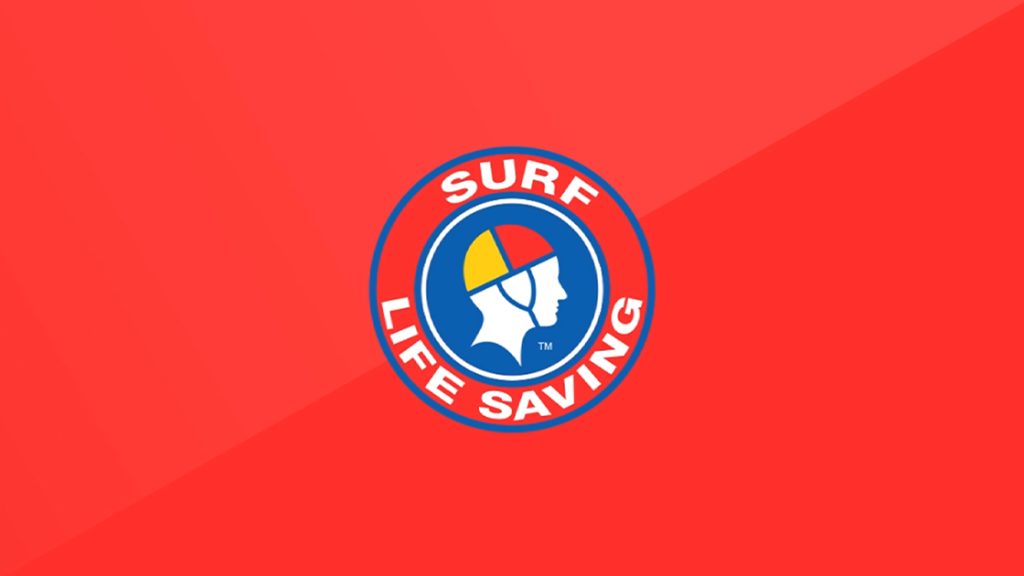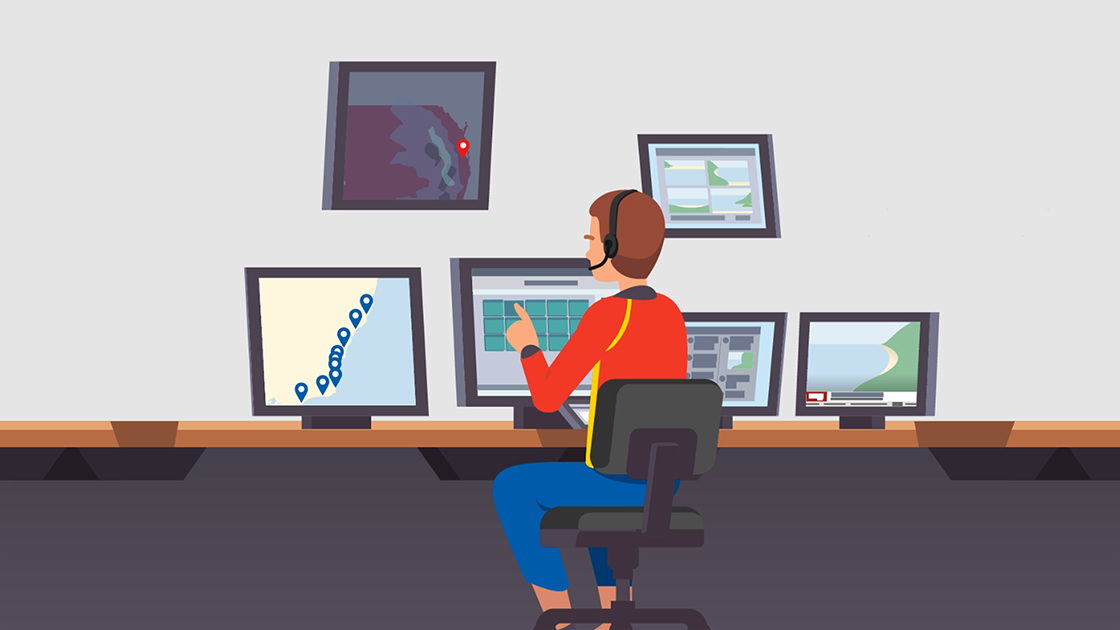
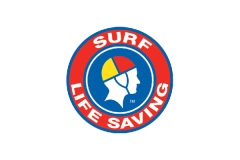
Surf Life Saving originated in 1907 as a response to protect public safety on beaches. Its values are to save lives, build better communities and create great Australians. This is no small feat because Surf Life Saving (SLS) relies on its voluntary lifesavers, great and engaging training is paramount to bringing these values to life. SLS came to Saffron with the desire to update their old elearning into something new and exciting that would immediately compel their younger audience bracket and fit with their wider blended learning programme made up of 16 sessions, four of which Saffron would be turning into digital learning.
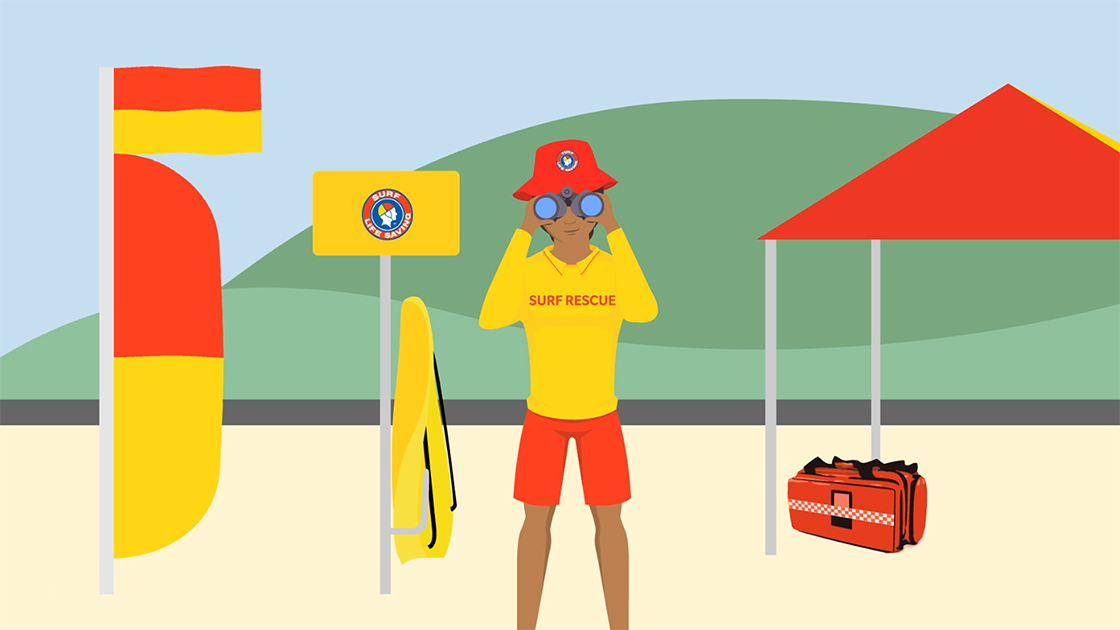
Our product would need to clearly differentiate itself from what had been done previously and show a step forward in SLS’s digital maturity journey. Feedback on the programme was that it needed more scenario-based learning, allow for more on-beach training, and to be fun and supportive to increase confidence to use the skills being covered.
Firstly, Saffron and SLS worked to address the balance of digital versus face-to-face learning. We determined together that the online programme should play a supporting role by covering basics and gently building confidence, giving trainers the room to build key skills like performing resuscitation and rescues in a hands-on way.
An exciting challenge was the primary audience: early on, we received statistics indicating that learners would overwhelmingly be in the 15-19 age bracket, forming a larger group than all other ages combined.
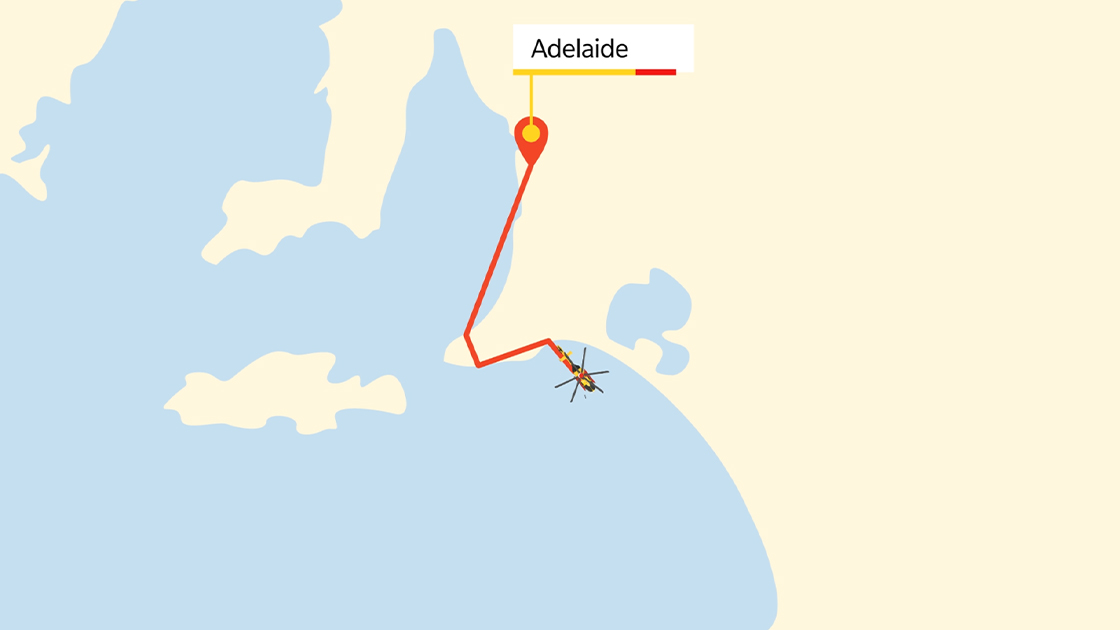
The proposal we put forward was hailed for its creative, colourful and behavioural approach, taking it further than pure knowledge transfer. Our past experience with blended programmes helped instil trust and there was confidence that we could take the learning where it needed to go.
The first step was to create an overall design that would set this learning apart from all previous ones: we created a mobile-first design that would be easy to navigate and enjoyable to use.
To keep engagement high, modules were broken down into bite-sized units that lasted no longer than 15 minutes. Learners could dip in and out of the course on the go and at their own pace. Written content was broken up with engaging videos and animations and we kept the tone conversational and easily digestible, with friendly encouragement throughout.
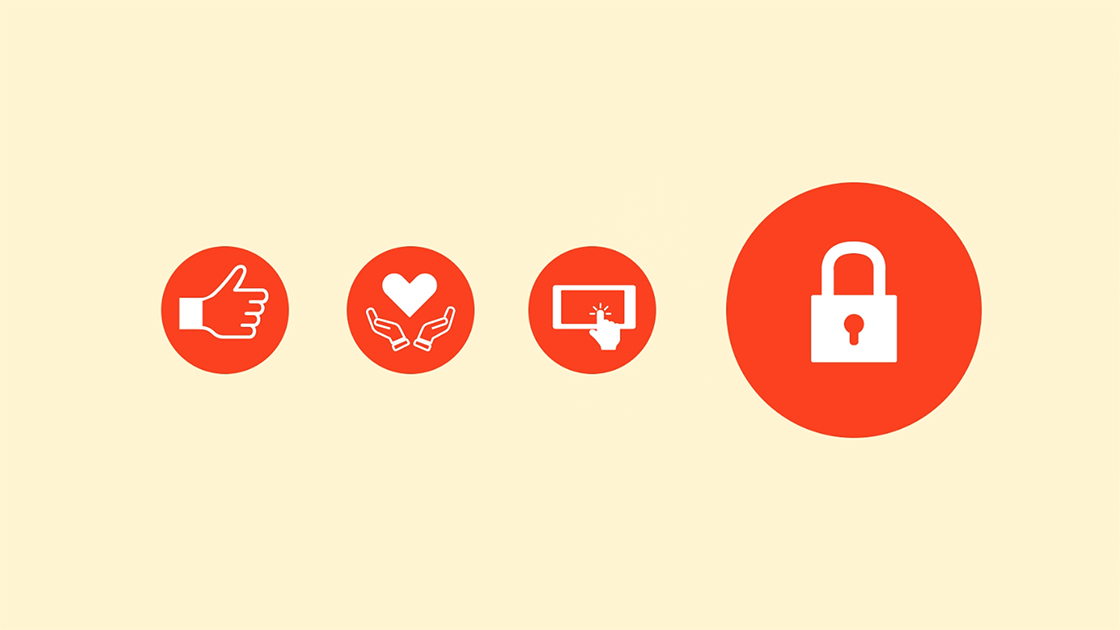
To keep them coming back and embed learning, we focused on interactive scenarios and gamified questions that fit within a wider structure: in each unit learners could unlock a badge, designed to resemble actual objects and tools every life saver will encounter. These badges accumulated by theme into ‘Medals’ which learners could unlock to reflect their success.
Fully embracing the physical, hands-on nature of the skills being learned, we also created a brand new interaction: a radio look-alike that learners could use to record and play back messages, boosting their confidence ahead of their beach sessions.
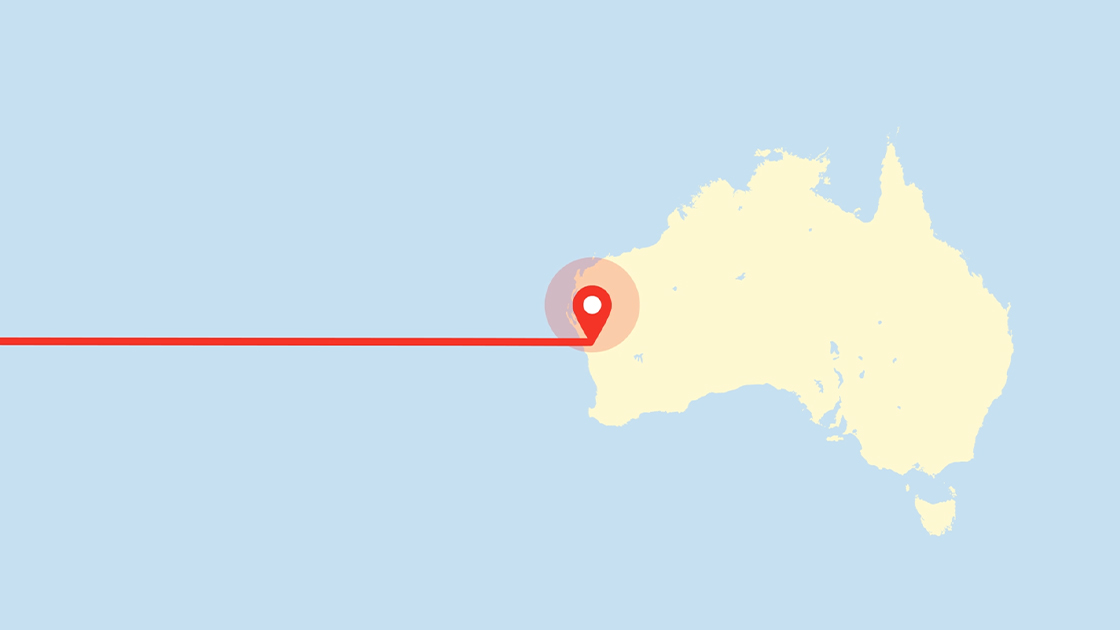
The course fulfilled the client’s vision and the initial response from the official roll out was very enthusiastic.
The project won Gold for ‘Best use of blended learning – public & non-profit sector’ at the Learning Technologies Awards and was also Highly Commended for ‘Blended Learning’ at the AITD Excellence Awards.
